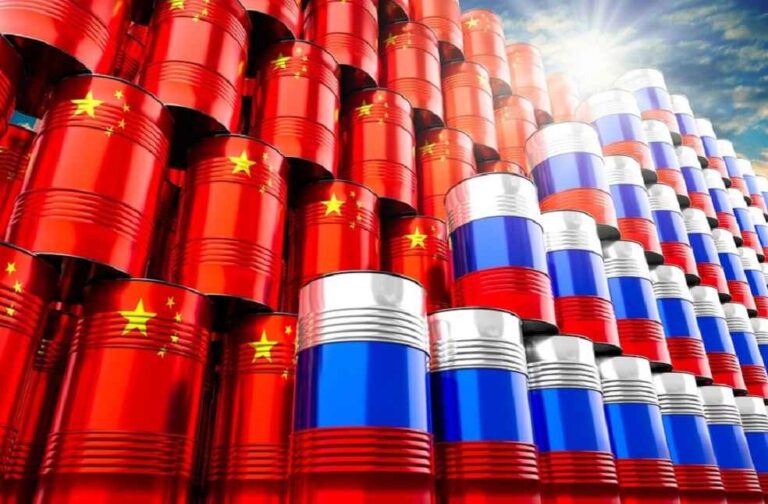Russia has dethroned Saudi Arabia as China’s leading oil exporter, a pivotal shift highlighted by recent Reuters data citing Chinese import figures. In 2023, Russia exported an impressive 107 million tons of oil to China, equivalent to 2.1 million barrels daily. This development marks a significant change in energy trade, especially considering Saudi Arabia’s previous long-standing status as China’s primary oil source, supplying 86 million tons last year, a 2% reduction from its earlier figures.
The backdrop for this change is the Western sanctions on Russia following the Ukraine invasion in February 2022. These sanctions, particularly by Europe and the United States, drastically altered global trade, impacting the fossil fuel sector significantly. Europe, previously the biggest buyer of Russian oil, banned its imports post-war. Additionally, the EU and the US introduced a $60 price cap on Russian oil requiring their services, like transportation insurance.

This price cap aimed to strike a balance: maintaining Russian oil’s global market presence to avert price surges, while constraining Russian fiscal inflows from these exports, which form a substantial part of its budget revenues.
Faced with Western sanctions, Russia turned to Eastern markets. Both China and India seized the opportunity to buy Russian crude at discounts compared to global prices. Russia’s pivot also led to it becoming India’s largest oil supplier last year, catering to nearly a third of its import demands.
Counterbalancing reduced Chinese sales, and Saudi Arabia shifted focus to Western markets, adjusting to the changing demand dynamics.

This reconfiguration in global oil supply comes as the US, Russia, and Saudi Arabia rank as the world’s top three oil producers. Despite Russian and Saudi attempts to influence oil prices through production adjustments, increased US oil output has been a counterbalancing force. This is reflected in the European crude benchmark Brent’s near 8% decrease over the past year, currently at $77.75 a barrel.
These shifts signify a substantial reordering in global energy alliances and trade, with profound implications for international relations and market strategies. With China as the world’s largest net importer of oil since 2017, its purchasing decisions remain crucial in shaping global energy dynamics.
IMEX SECTOR | India Updates Wildlife Trade Regulations, Boosts Conservation After 40 Years



